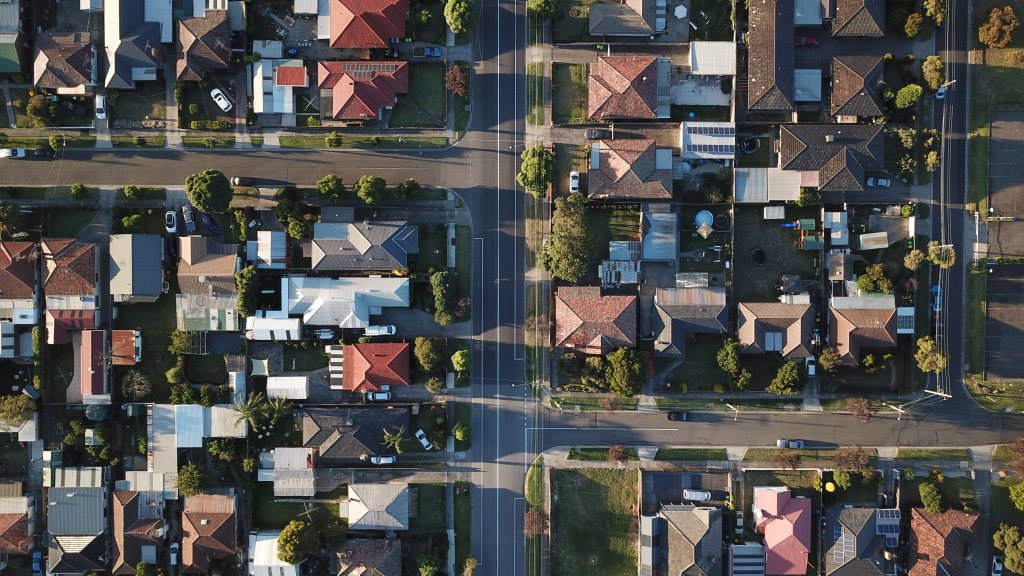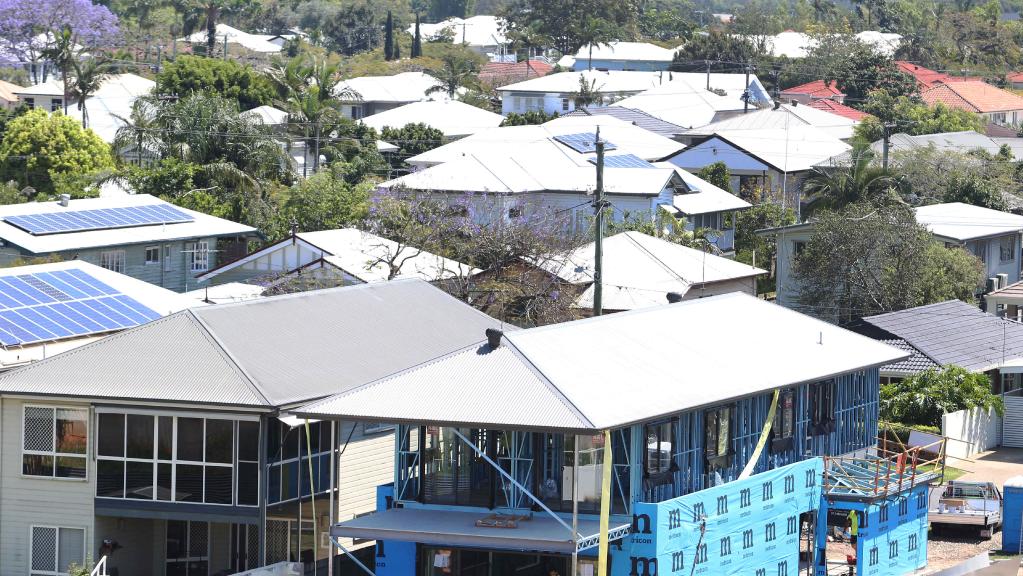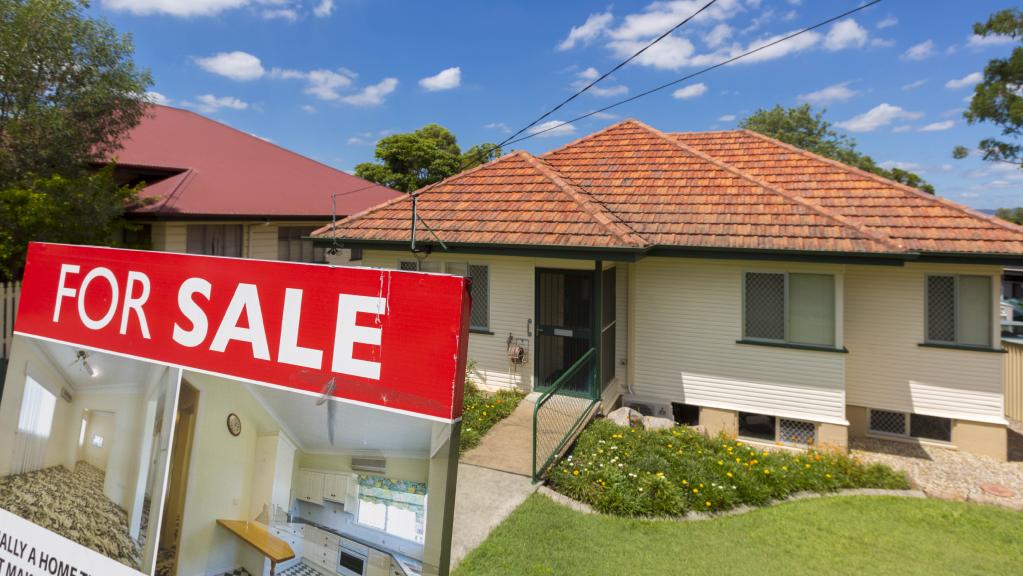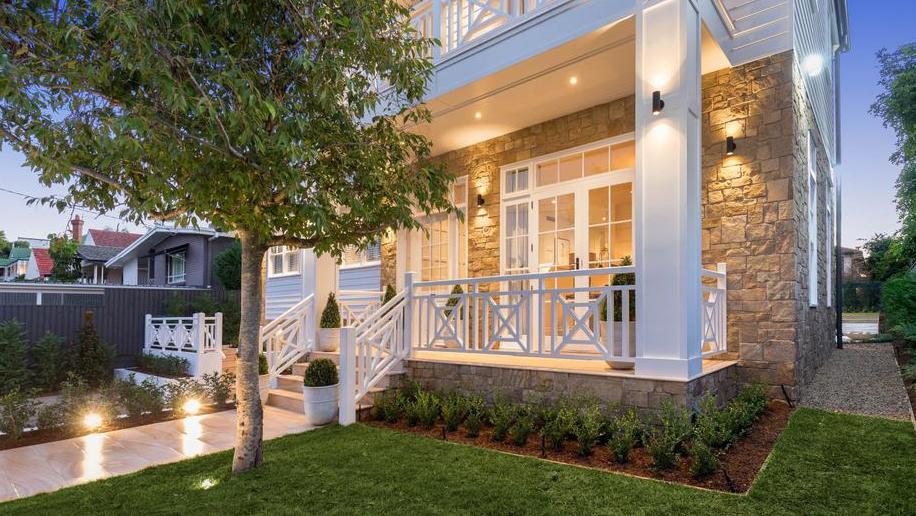
Posted on: 26 Jun 2018
Brisbane to lead the nation in house price growth as property market finally heats up
‘PATCHY’, ‘flat’, ‘tepid’ — these are just some of the less than flattering buzz words used to describe Brisbane’s housing market in recent years.
How does ‘hot’ sound instead?
While the powerhouse property markets of Sydney and Melbourne have been basking in the glory of unsustainable house price growth, the Queensland capital has been waiting calmly in the shadows for its time to shine.
And that time has come.
Analysts are forecasting big things for Brisbane’s residential property market, thanks to a slowdown in construction coupled with a boost in interstate migration and economic growth.
In its latest report, industry forecaster BIS Oxford Economics predicts Brisbane will experience the highest house price growth of all capital cities over the next three years — jumping 13 per cent, or $70,000, to a median of $620,000.

Analysts are forecasting big things for Brisbane’s housing market. Photo: Jodie Richter.
That’s a phenomenal improvement for a city that saw just 0.3 per cent growth in home values in the past 12 months, according to property researcher CoreLogic.
The sunshine state is finally starting to see a boost in interstate migration — particularly from New South Wales — with prospective buyers lured by its comparative affordability.
The latest Australian Bureau of Statistics figures show Brisbane had the highest internal migration rate of any Australian city during 2016-17, with 10,500 Sydneysiders and more than 6400 Melburnians making the move here.
BIS expects Brisbane house prices to grow around the level of inflation (2—3 per cent per annum) to 2019/20, before stronger growth of six per cent is forecast in 2020/21.
“Some green shoots look like they are starting to emerge in the Brisbane market,” BIS senior manager Angie Zigomanis said.
“However, any upturn is likely to be delayed until economic conditions pick up and excess stock is further absorbed.”

A house for sale in the Brisbane suburb of Stafford. Image: AAP/Glenn Hunt.
Some areas are set to perform better than others, with the latest CoreLogic-Moody’s Analytics report forecasting a rise in home values in Brisbane’s inner and west markets and a modest decline in the southern suburbs of Carindale, Holland Park and Sunnybank, where values have already run hard — up 40 per cent since mid 2012.
CoreLogic found Brisbane’s middle valued suburbs recorded the strongest growth in the 12 months to March this year, while local prestige real estate agents say 2017/18 has been one of their strongest years ever when it comes to the top end of the market.
They’ve noticed more properties selling above $4 million, as Sydney and Melbourne buyers recognise they can get a lot more bang for their buck in Brisbane.

This home in the Brisbane suburb of Ascot just sold for $4.25m.
BIS Oxford Economic’s analysis follows reports last week where ANZ, Macquarie Securities and UBS issued favourable assessments of the Brisbane residential market, while the global ratings agency Moody’s Analytics declared the worst was over for Brisbane home values.
ANZ sent east coast homeowners into a panic last week when it predicted Sydney and Melbourne house prices would likely slump 10 per cent, but it had no such bad news for Brisbane.
ANZ senior economist Daniel Gradwell said Brisbane’s improving economy and population growth would keep it “insulated” from the impending property correction in its neighbouring cities.
“We’re seeing demand is picking up now because Brisbane and the rest of Queensland’s population growth is really improving and confidence is pretty strong and that’s likely to accelerate,” Mr Gradwell said.
In good new for property investors, rental vacancy rates are also declining, marking a significant turnaround in Brisbane’s rental market.
“We believe that a rise in interstate migration is lifting population growth rates in Brisbane plus the peak in unit completions is creating this turnaround,” SQM Research managing director Louis Christopher said.
Both the Gold Coast and Sunshine Coast have experienced significantly stronger house price growth than Brisbane since 2012, according to BIS Oxford Economics.
That price growth is expected to slow due to rising supply, but BIS still expects house prices to increase another 6 per cent in both markets by 2021.
It appears the downturn has finally stabilised in the wake of the mining boom in Townsville, with the median house price on track to rise by 9 per cent over the next three years thanks to an improving unemployment rate and rising tourism arrivals.
The Cairns market looks to be running out of steam after steady price growth to 2017, with price growth set to remain flat in the near term.
Read the original article on realestate.com.au